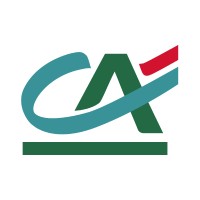
Crédit Agricole Italia
Crédit Agricole Italia fa parte del grande Gruppo internazionale Crédit Agricole: un gruppo bancario tra i più solidi nel panorama internazionale e presente in 46 Paesi del mondo, con 53 milioni di Clienti. Il Gruppo Crédit Agricole in Italia conta 6 milioni di Clienti attivi e circa 16.200 collaboratori. Internazionalità, affidabilità, vicinanza e concretezza sono i valori del Gruppo. - FACEBOOK https://www.facebook.com/CreditAgricoleItalia/ @CreditAgricoleItalia - X https://twitter.com/CA_Ita @CA_Ita - INSTAGRAM https://www.instagram.com/creditagricoleitalia/ @creditagricoleitalia - YOUTUBE https://www.youtube.com/creditagricoleitalia -TIK TOK tiktok.com/@creditagricoleitalia @creditagricoleitalia - TUTORED https://www.tutored.me/it/employers/478113/ - INDEED https://it.indeed.com/cmp/Cr%C3%A9dit-Agricole-1






